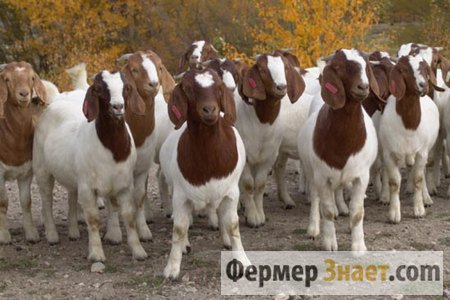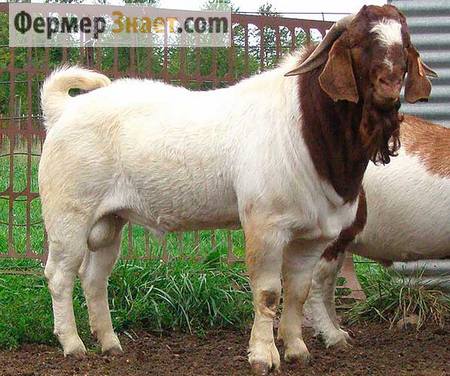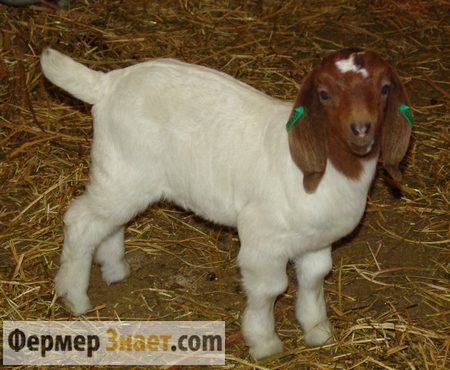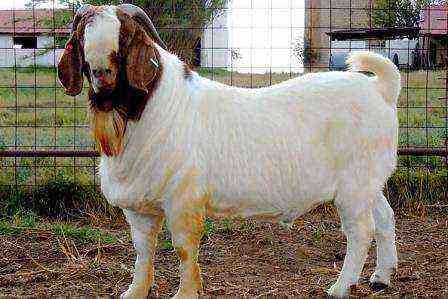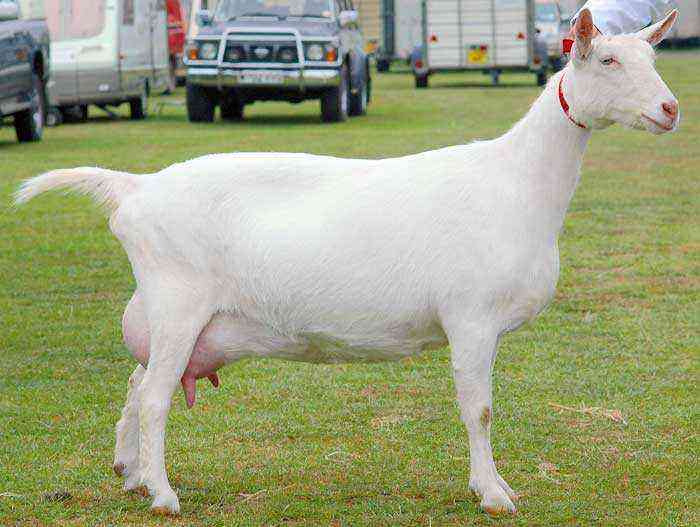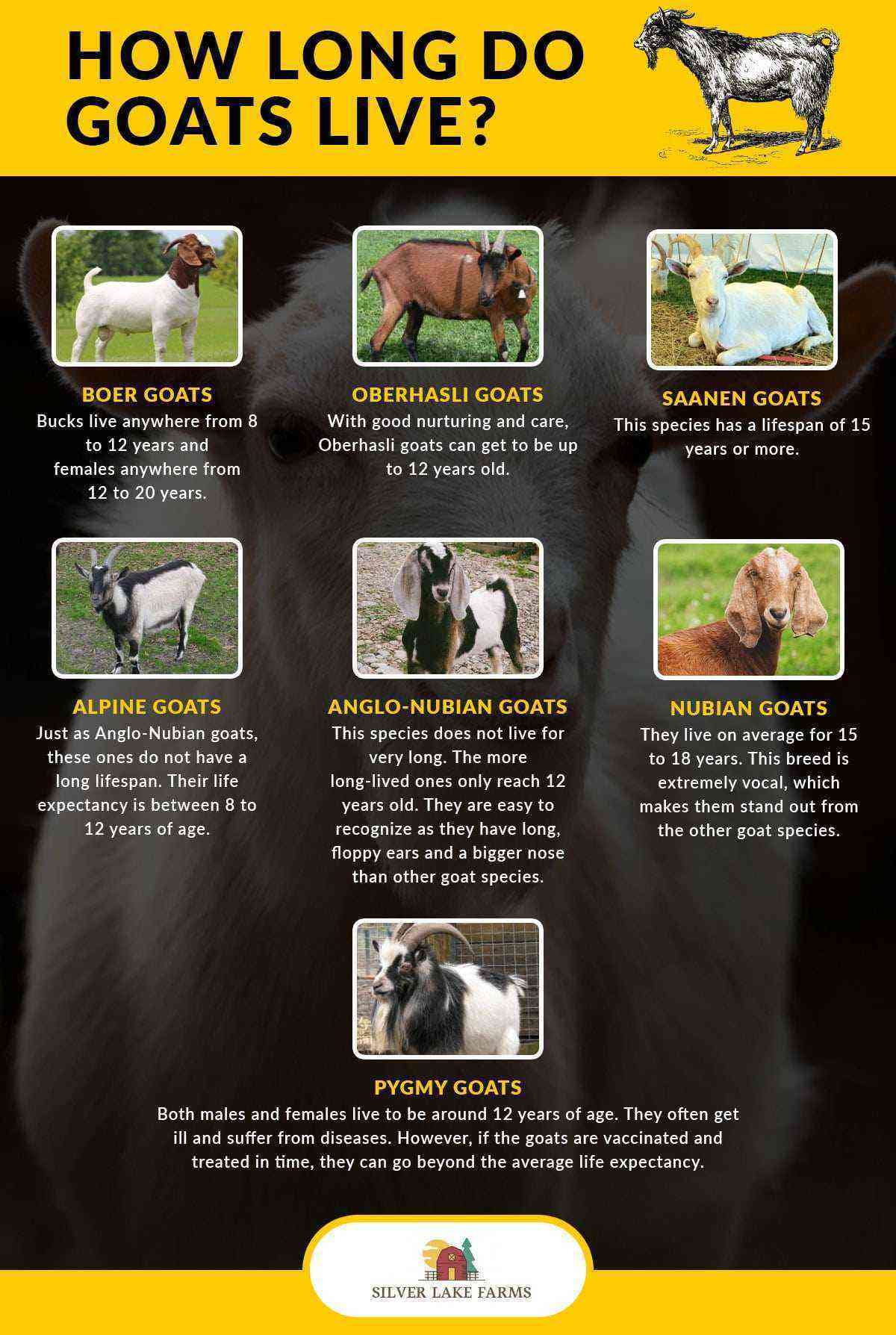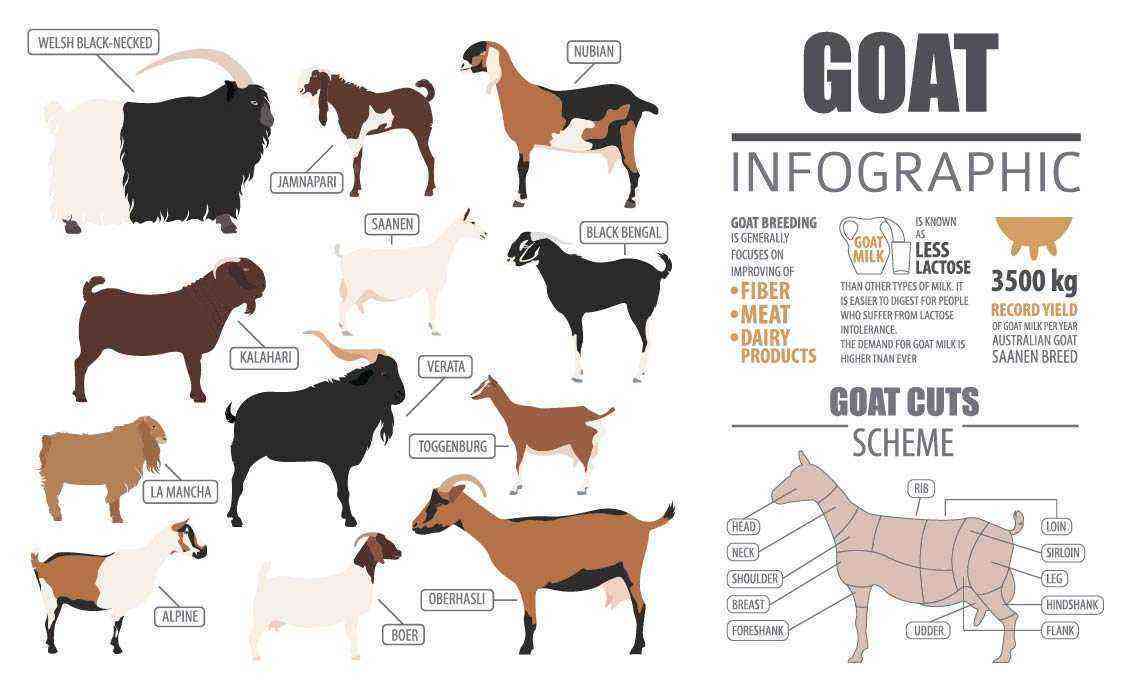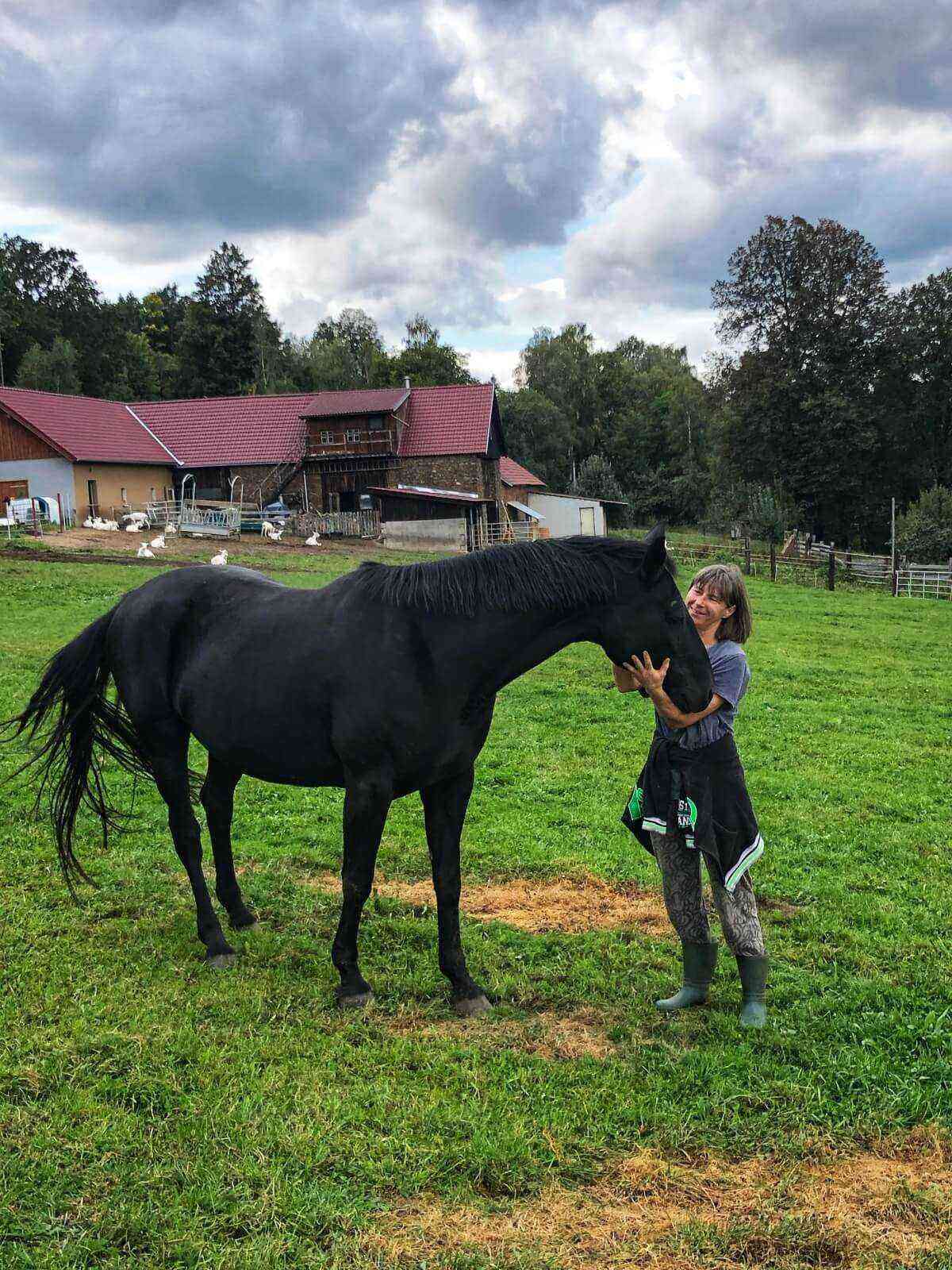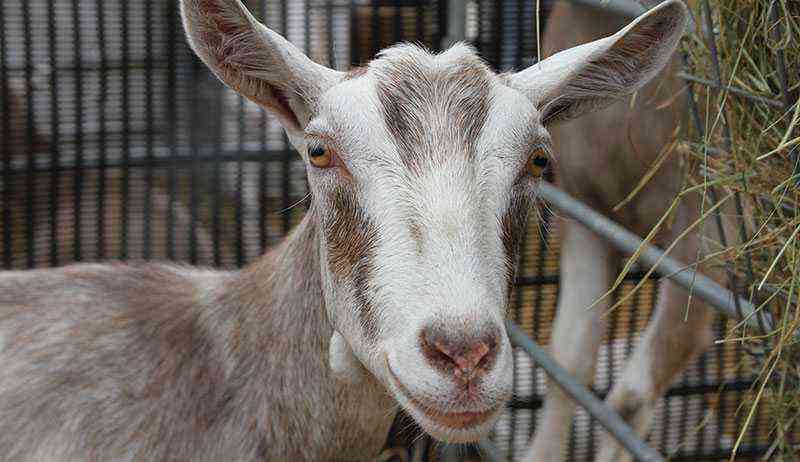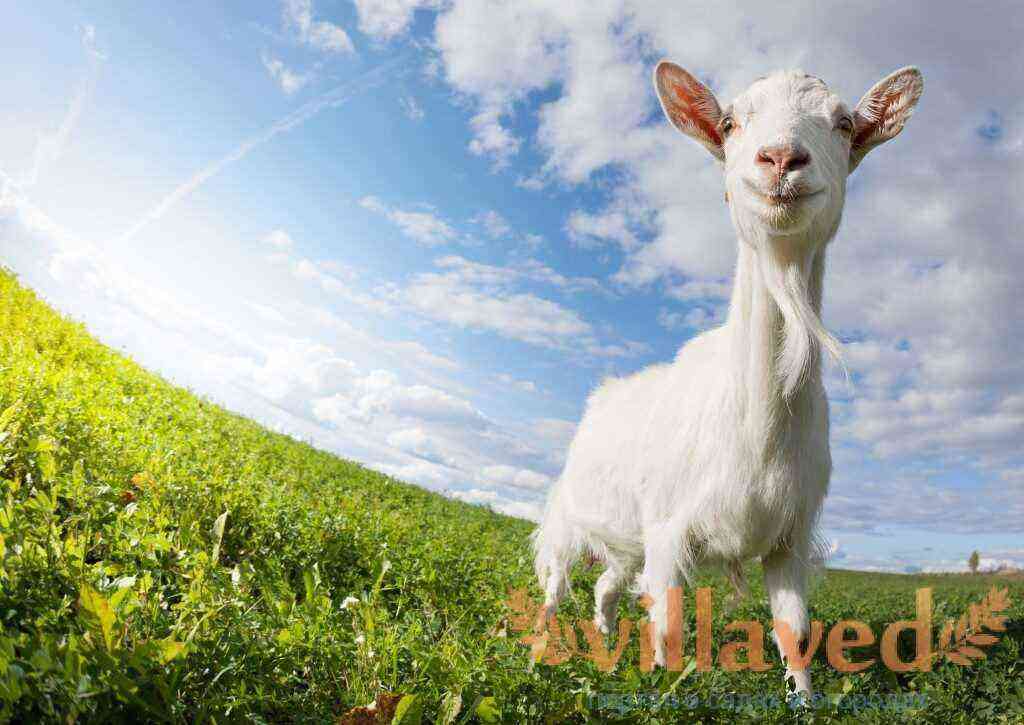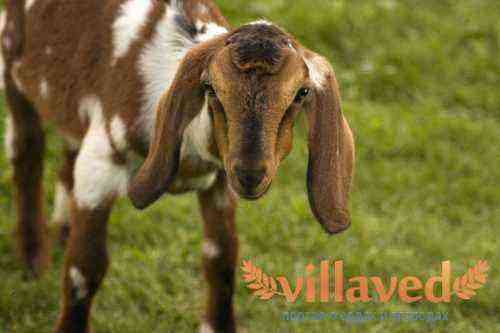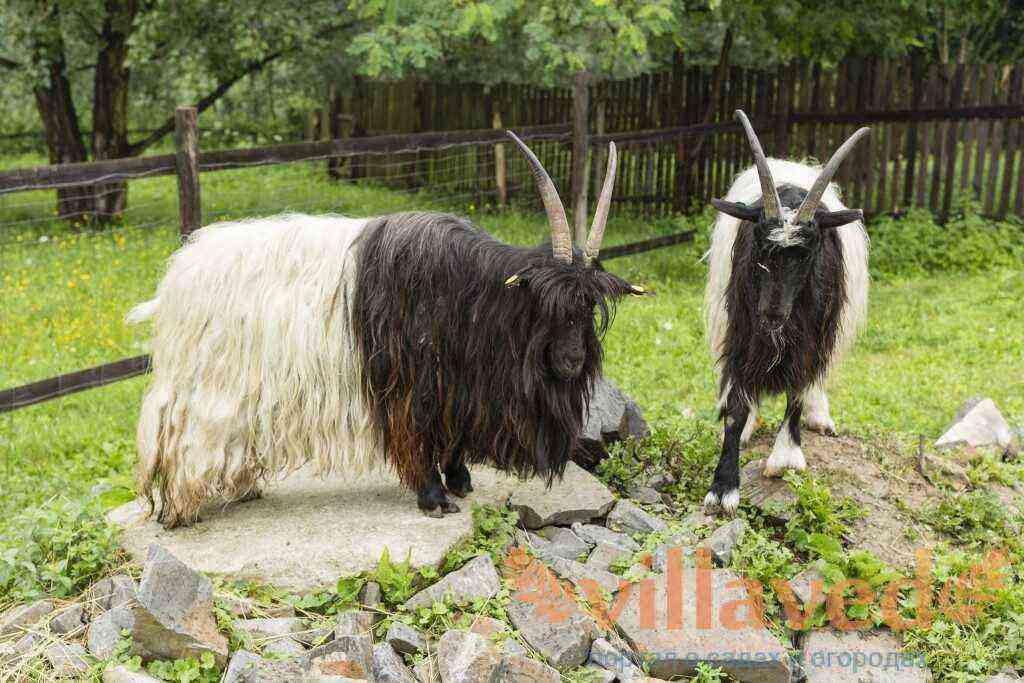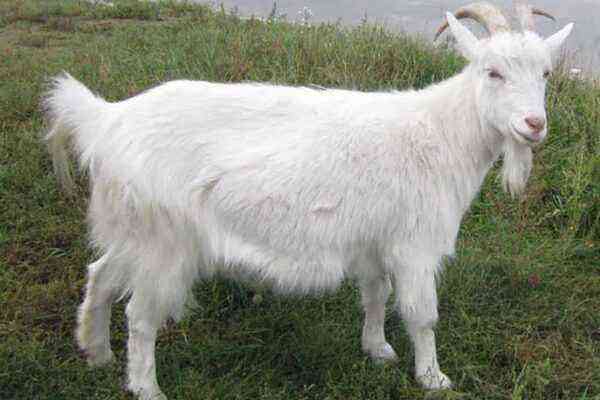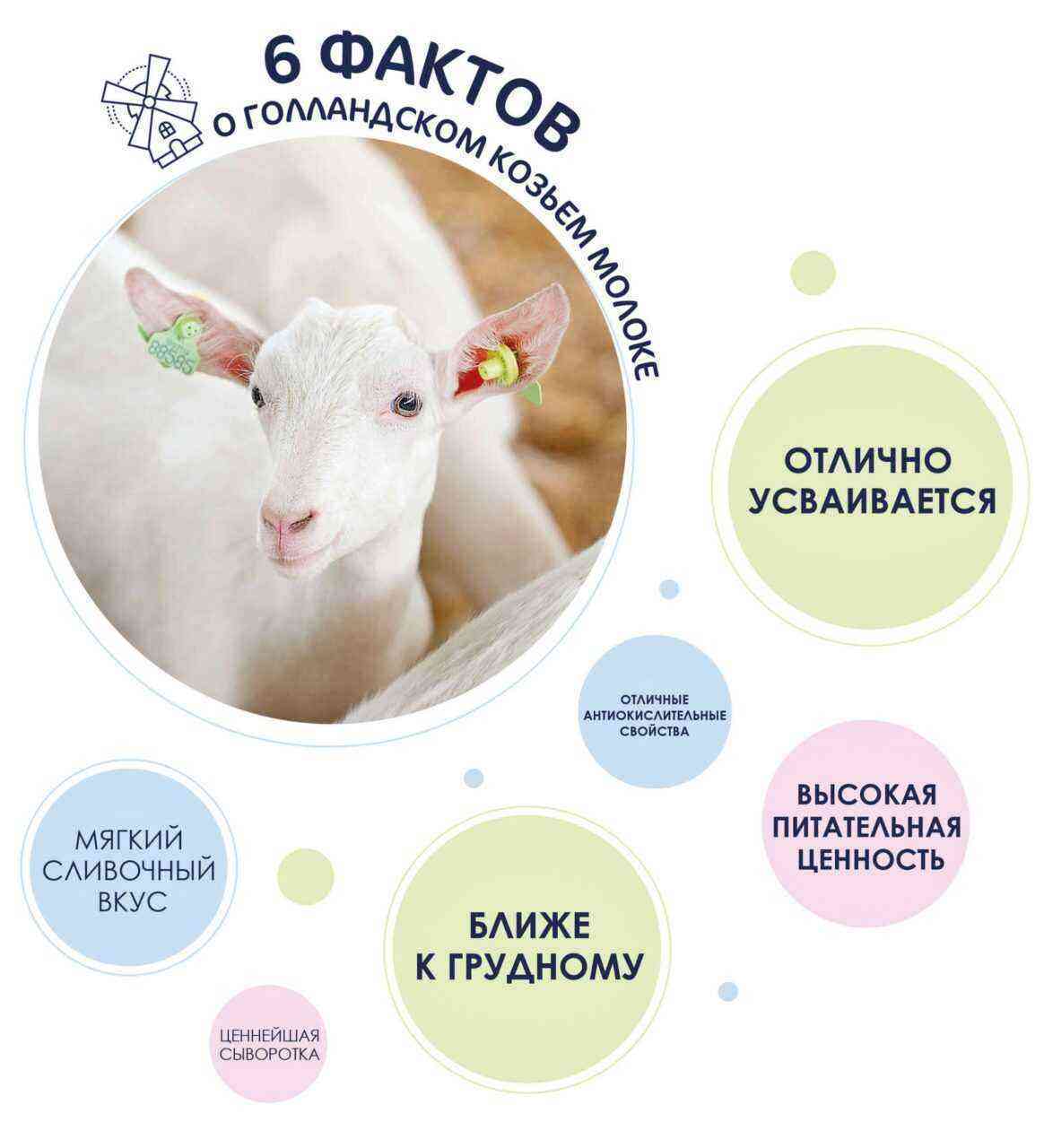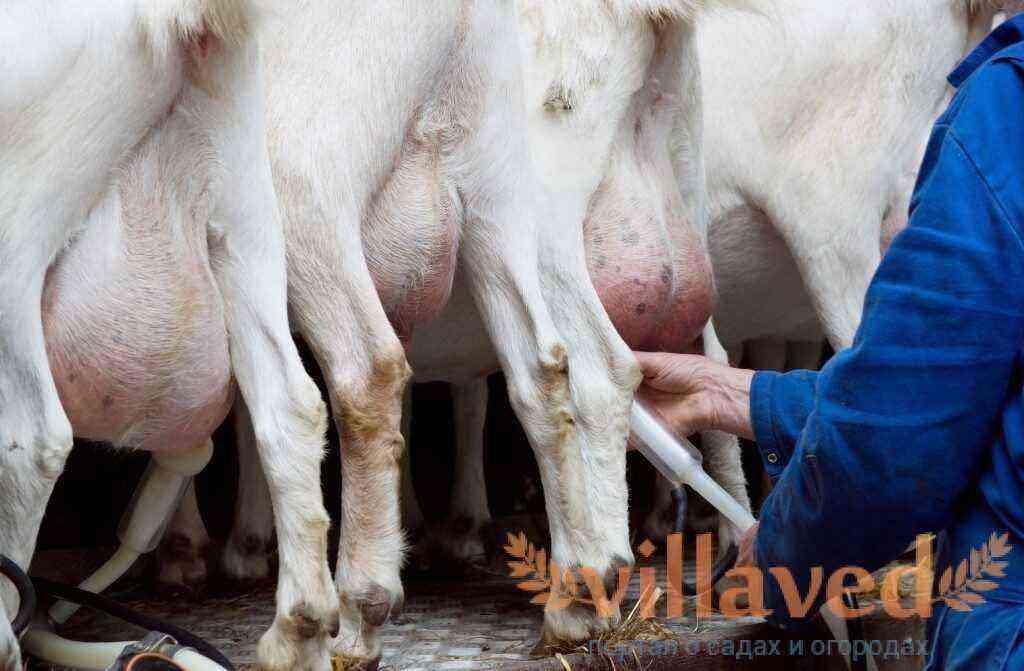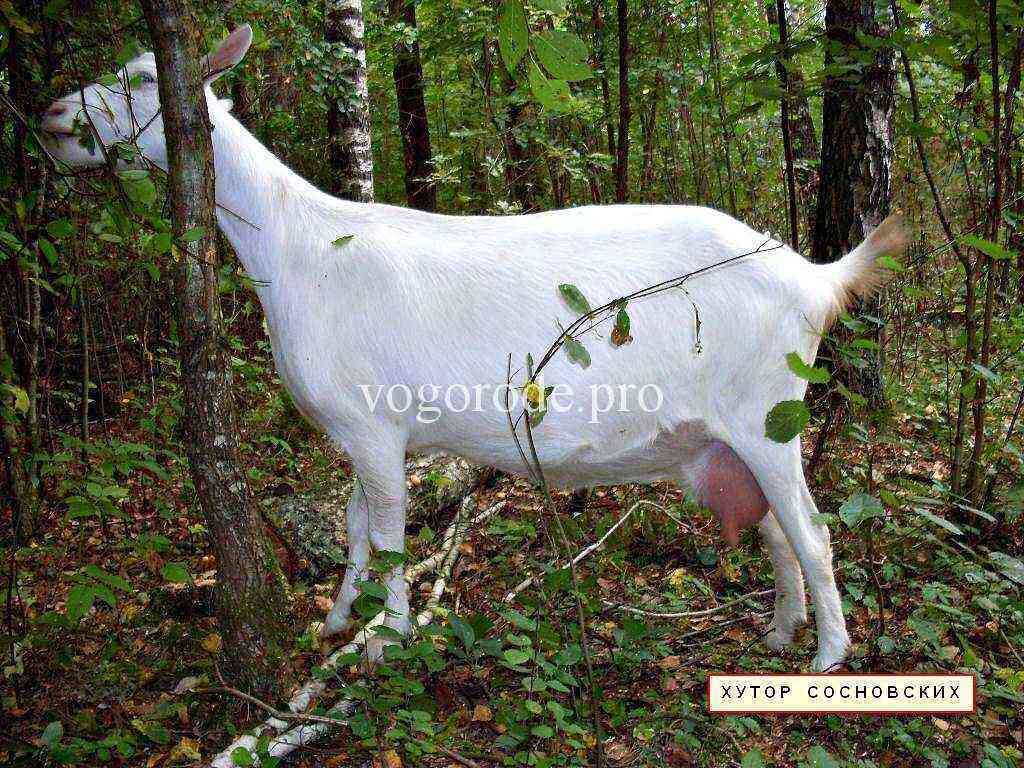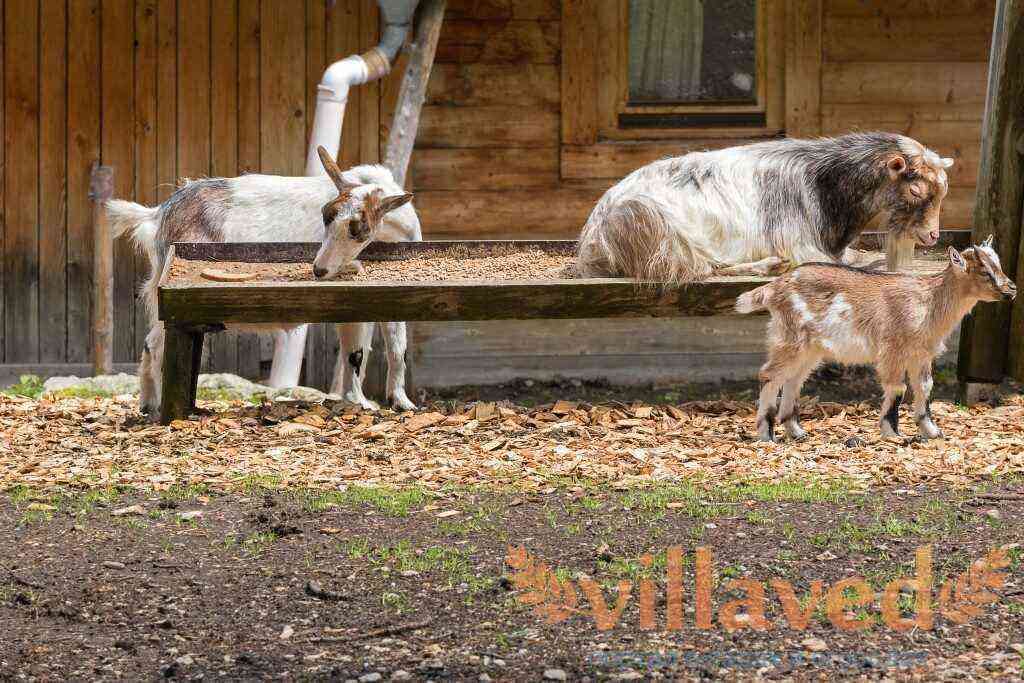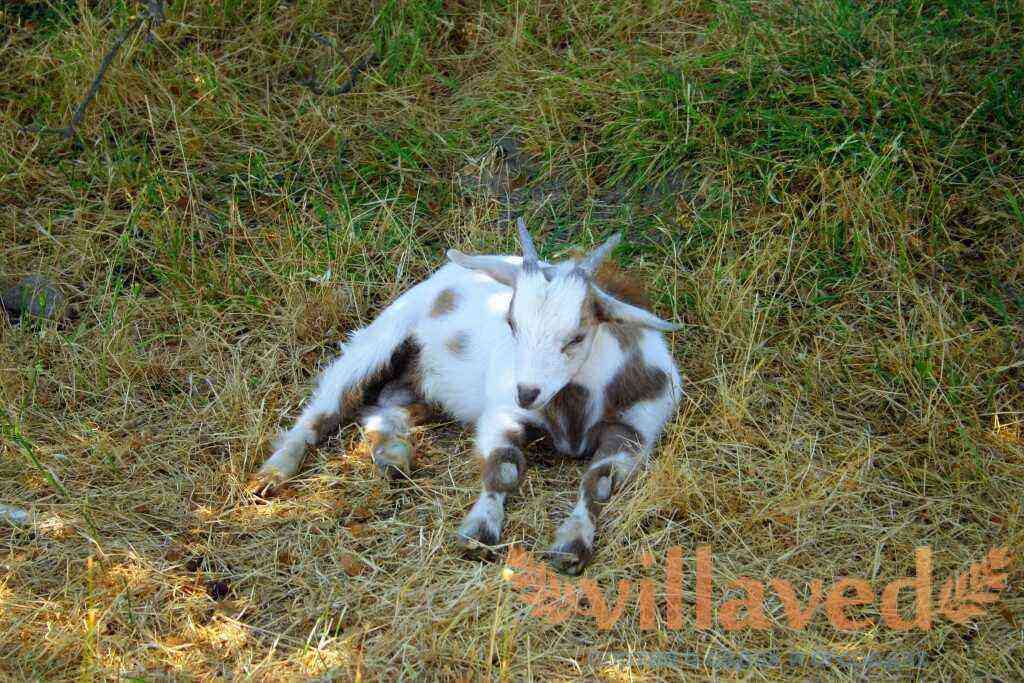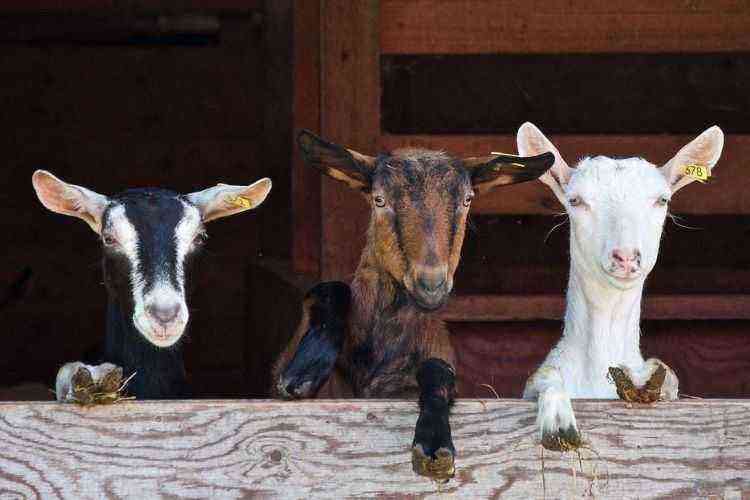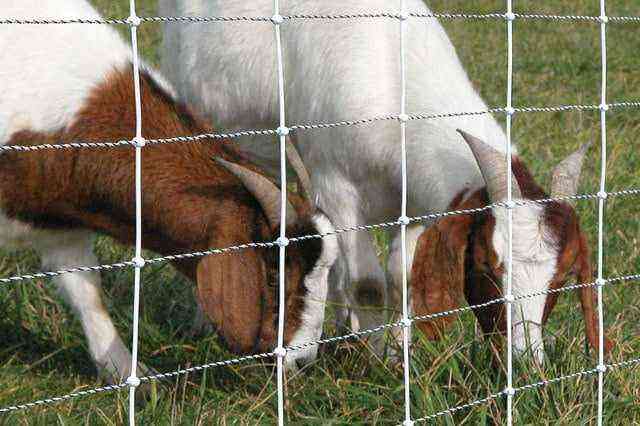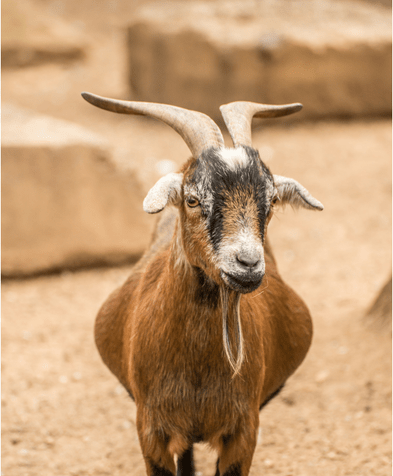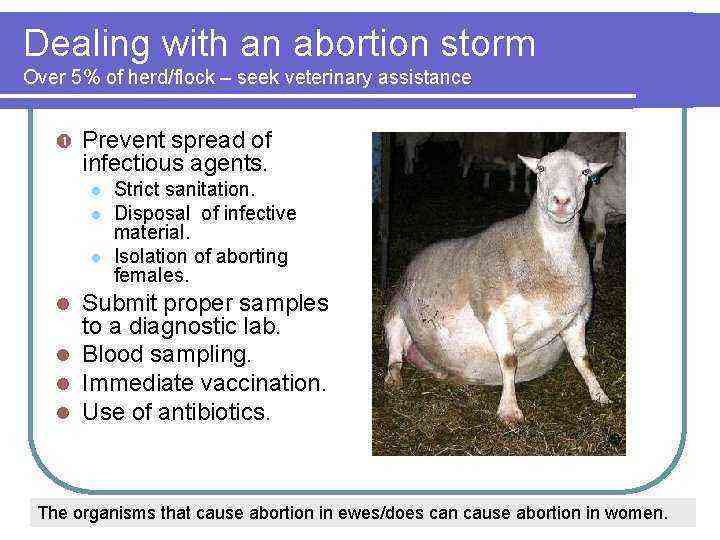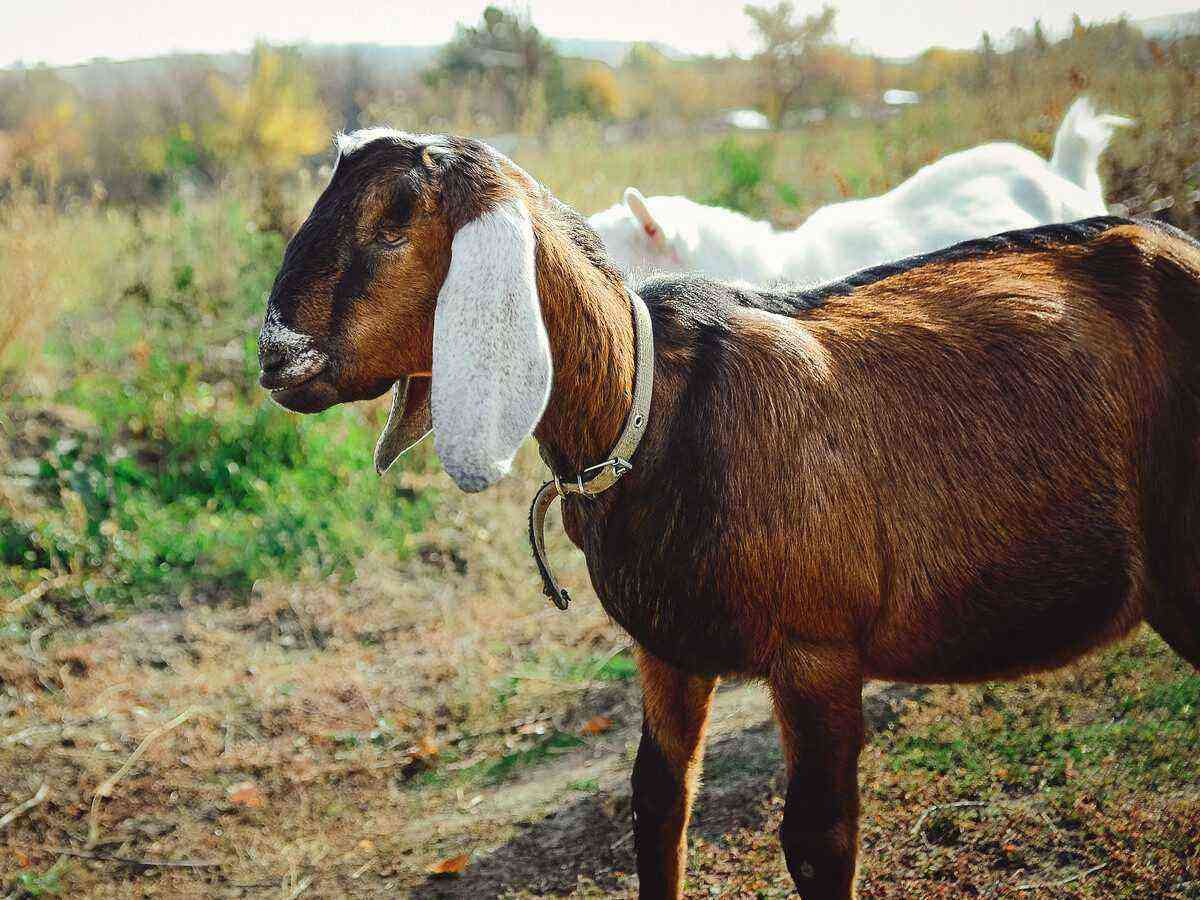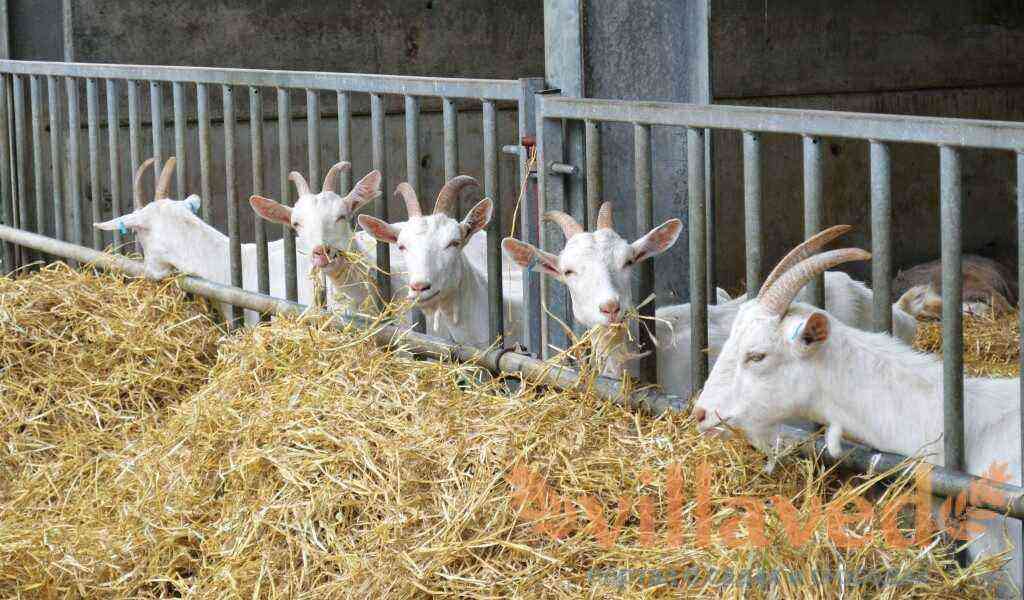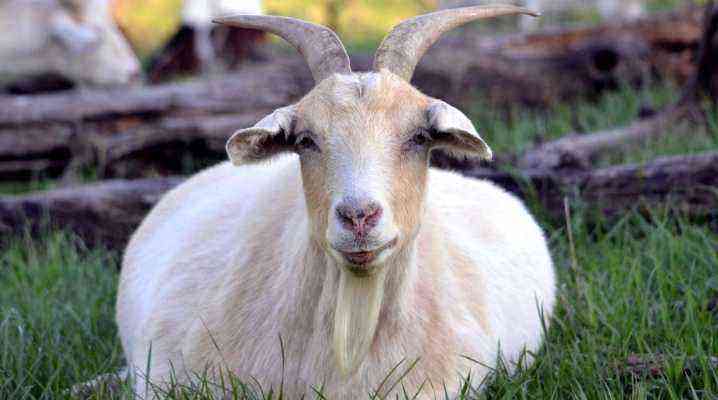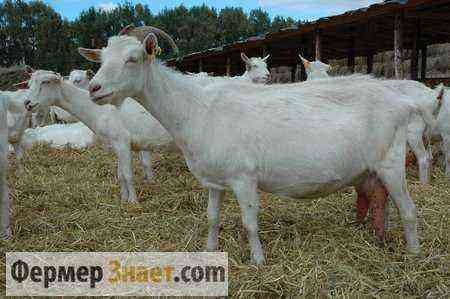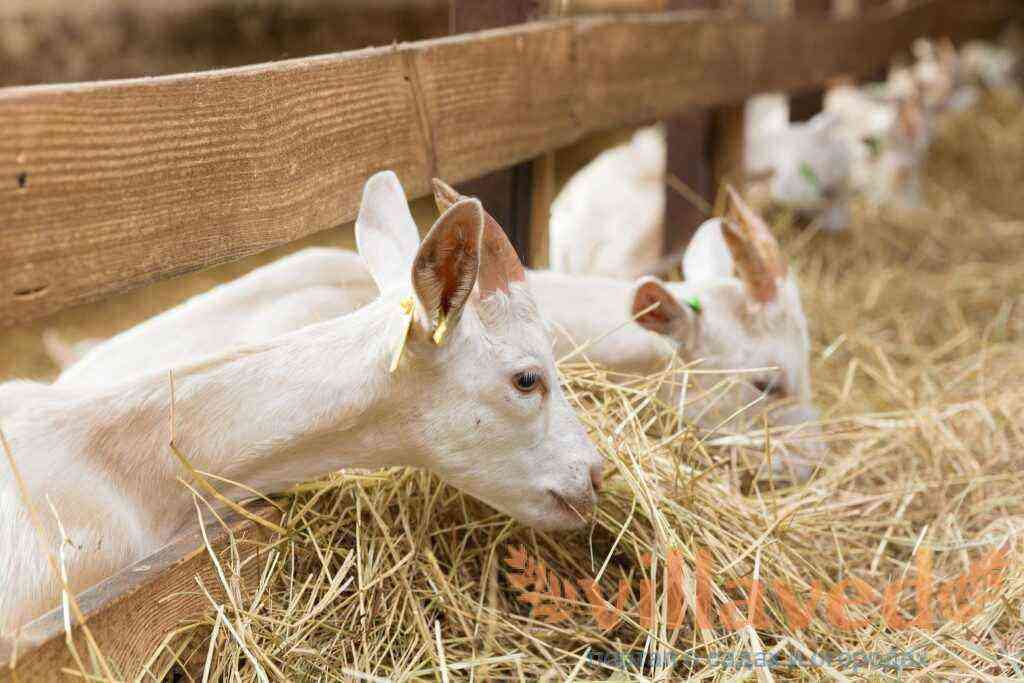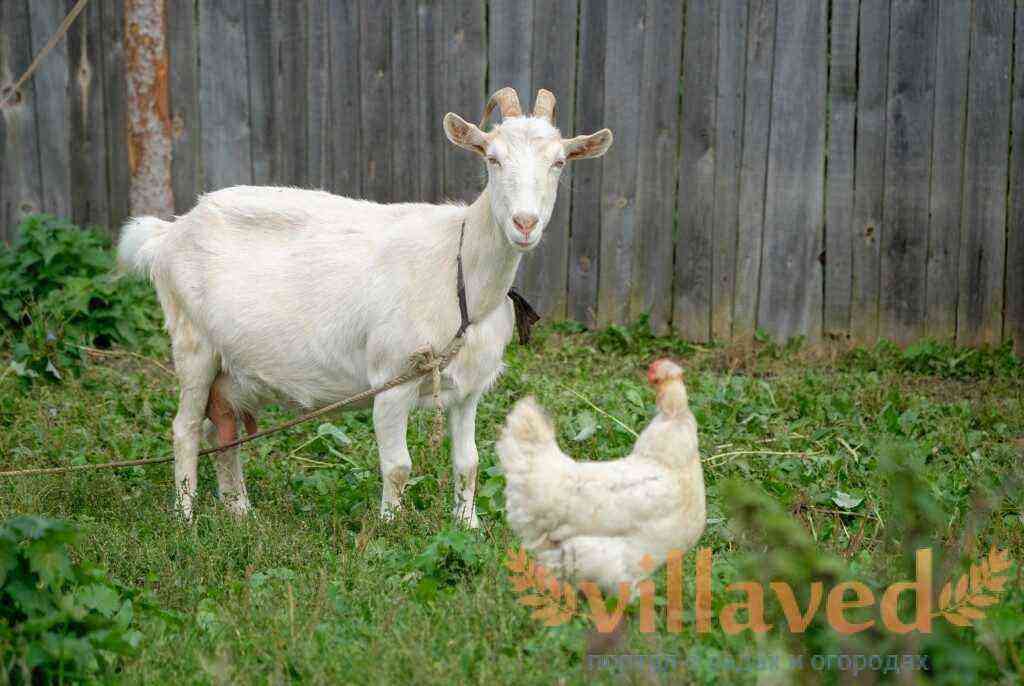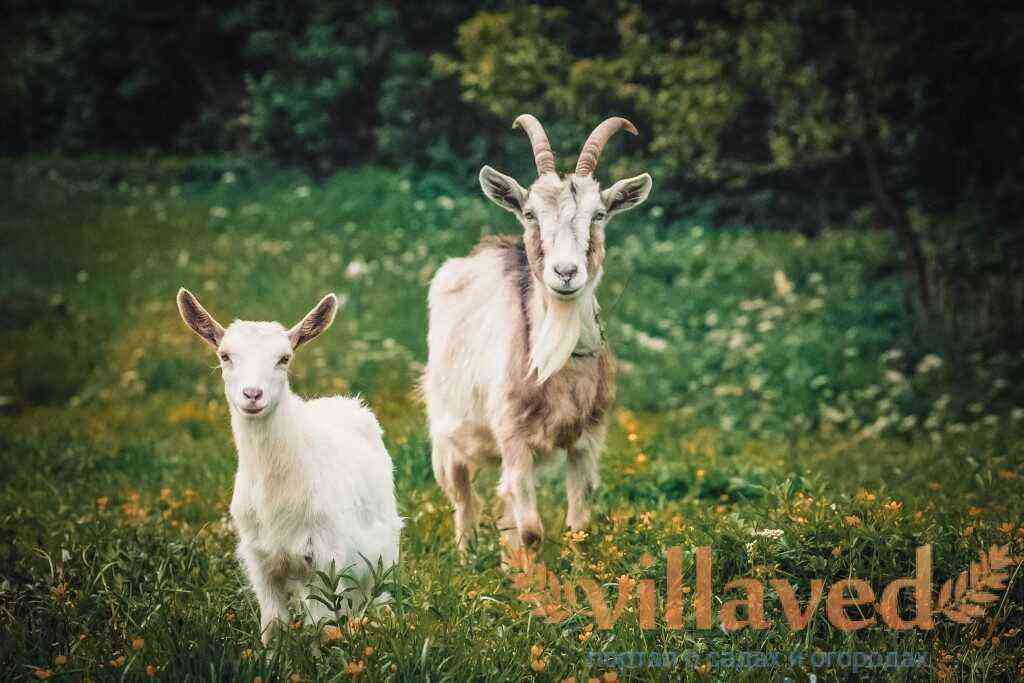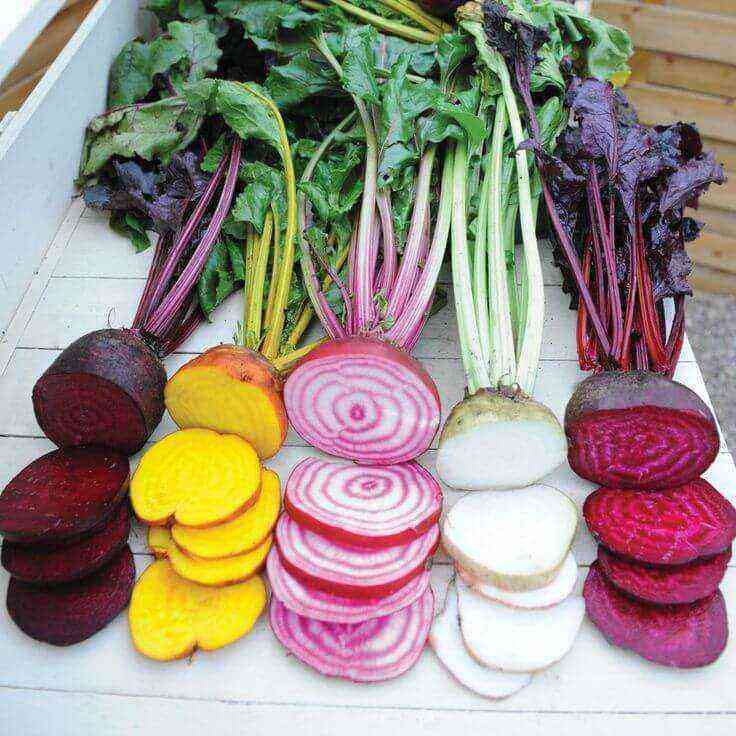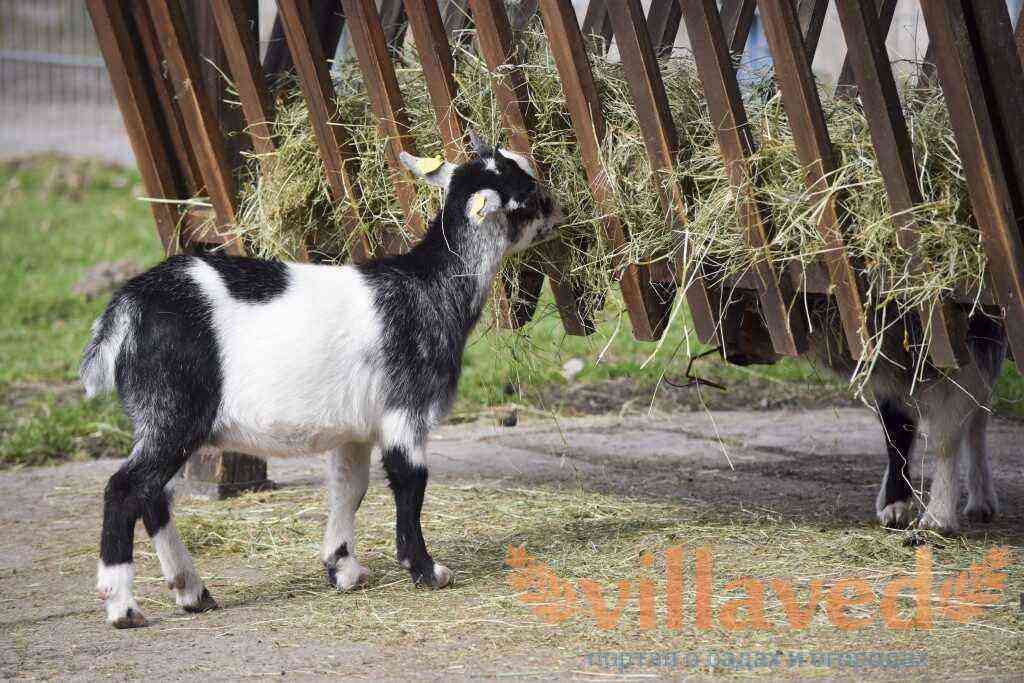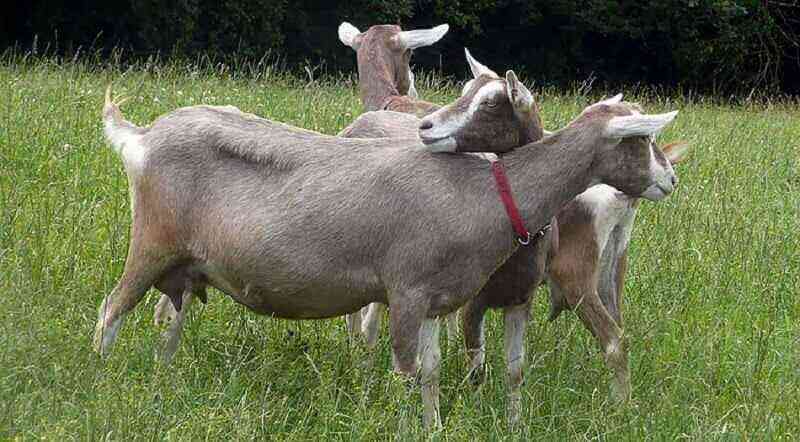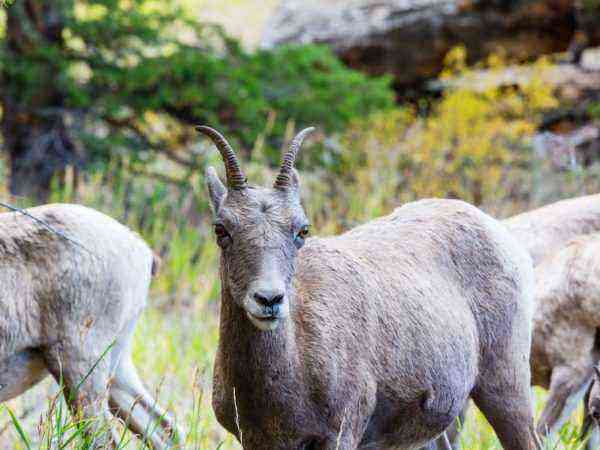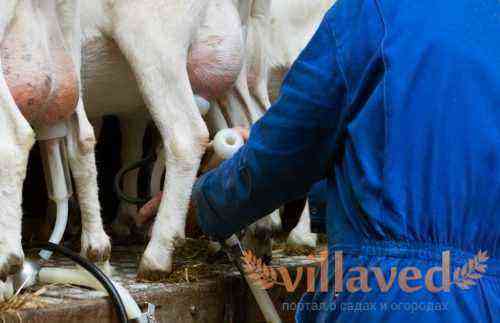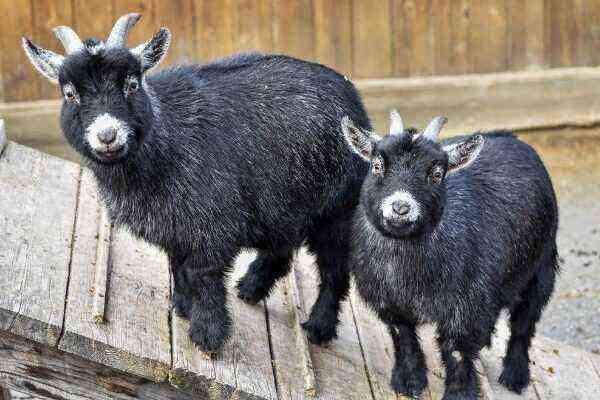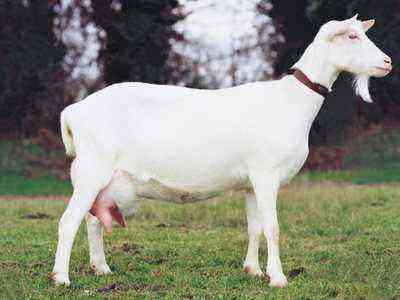Contents:
Boer goats belong to the meat variety. Many farmers raise these goats solely for milk production. The fact is that goat meat is considered tough and tasteless, so it is not very popular. The meat of the Boer breed tastes like veal, which is highly appreciated by gourmets.
In addition, animals have truly Olympic health, are immune to most diseases and are unpretentious in food. From this article you will learn all the features of breeding this amazing breed.
Features of the breed
The Boer goat breed was bred in South Africa at the beginning of the twentieth century. Perhaps it is due to the harsh conditions of their small homeland that the breed has excellent immunity.
The fact that animals belong to the meat breed can be determined by the large structure of the body. The weight of an adult male can reach 120 kilograms. Females look a little more modest, but still impressive – about 100 kilograms.
The color of the animals is as follows: a white body and a brown head. The ears of the goats are drooping, with this feature they resemble the Nubian breed. But that’s where the similarity ends.
Broad bones, well-developed muscles and a surprisingly proportional body structure.
An interesting detail worth paying attention to is the udder of goats. On it you can find four nipples.
Due to their appearance, Boer goats can be bred not only for commercial purposes. If funds permit, representatives of this breed can be brought in as a peculiar and living landscape decoration. It should be noted right away that pleasure is not cheap.
In general, goats of this breed are very calm and non-conflict animals. They get along well with other livestock. Even joint grazing and maintenance is possible.
Boer goat feeding
In the winter season, the Boer goat’s diet consists of hay, bagasse, root crops and vegetables. In general, goats are extremely unpretentious animals in terms of feeding, so you can try to diversify their diet. As you add and try new foods, you may find a more practical and beneficial meal plan.
In the warm season, animals feast on green fodder on pastures. It is possible and even necessary to herd Boer goats along with other domestic animals. For example, sheep or horses.
The fact is that representatives of the Boer breed are excellent at gaining weight even on scarce or grassed pastures. In addition, goats prefer tree branches and leaves more. Thus, different types of livestock can easily find food on the same pasture.
Features of the content
The Boer goat breed is not very susceptible to low temperatures, so if the winter in your region is moderate, then you should not pay much attention to heating the room. The main thing is that the temperature does not fall below 5 degrees Celsius.
But you should pay attention to the humidity of the air. Being in too humid a room can adversely affect the health of even these hardy animals. The recommended humidity index should not exceed 80%.
Important! In winter, daylight hours for your wards should be at least 8 hours.
It is recommended to cover the floor in the barn with sawdust. This is done so that the legs of the goats do not freeze. As with most breeds of livestock, in the Boer breed, the weak point is the hooves.
In addition, do not forget about vaccinations and regular examination of the entire herd by a veterinarian.
Goat breeding
Puberty of females occurs as early as five months. Although the goats are already quite ready to mate, experienced farmers recommend waiting another 1-2 months.
The first pregnancy, as a rule, is singleton, but in the subsequent litter, the female will regularly bring at least two kids.
Boer goats do not produce large milk yields. During lactation, the female can give about two liters of milk per day. This may not be enough to feed the young, so providing the kids with milk will fall on the shoulders of the farmer.
It is worth noting that the goats are gaining weight excellently. At the age of three months, the baby can weigh from 30 to 40 kilograms.
Important! If you decide to cross the Boer breed with others, then give preference to the Nubian or Angora
